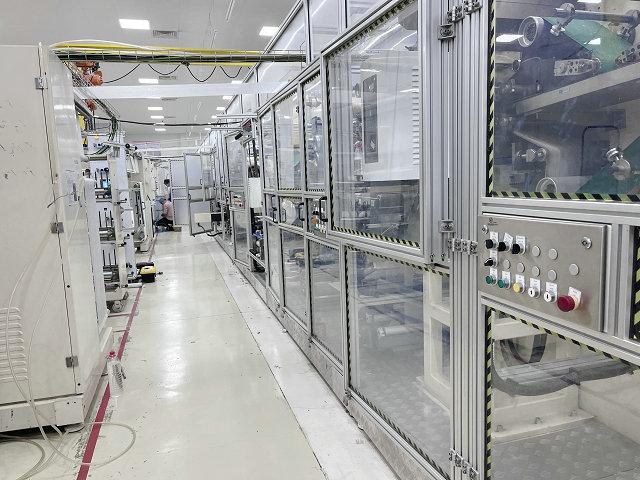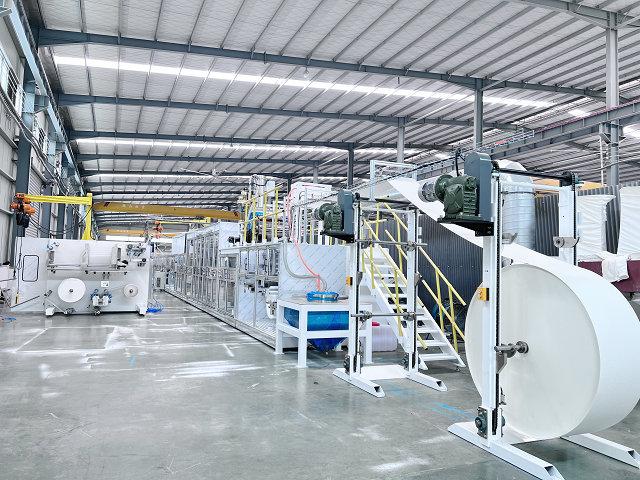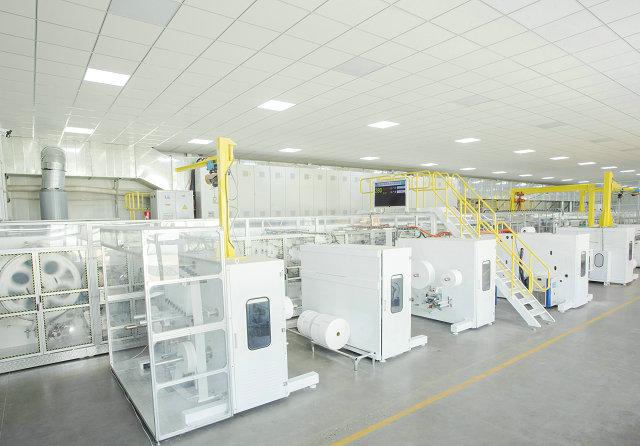Author:Haina Machinery Factory FROM:Diaper Machinery Manufacturer TIME:2023-10-16
Introduction:
The sanitary napkin industry plays a crucial role in ensuring the hygiene and comfort of women worldwide. To maintain the efficiency and productivity of the production process, it is essential to pay attention to the maintenance of the sanitary napkin sealing machine. This article will provide useful tips for maintaining the machine, enhancing its longevity, and ensuring optimal performance.

Regular cleaning is essential to prevent the accumulation of debris and dust on the sealing machine. Start by disconnecting the power supply and allowing the machine to cool down. Then, use a soft cloth or sponge to gently wipe the surfaces and remove any residue. Pay close attention to the sealing area, as any residual adhesive can affect the quality of the seal. Additionally, use a vacuum cleaner or compressed air to clean hard-to-reach areas and remove any trapped particles.
To maximize cleanliness, it is recommended to establish a routine cleaning schedule. Depending on the frequency of usage, daily or weekly cleaning may be required. By doing so, you can prevent the build-up of dirt and ensure the machine operates smoothly.

Lubrication is crucial for the smooth operation of the sanitary napkin sealing machine. It minimizes friction and reduces wear and tear on moving parts. Before applying any lubricant, refer to the machine's manual to identify the recommended lubricants and application points. Typically, a small amount of lubricant should be applied to bearings, gears, and other movable components.
It is important not to over-lubricate, as excess lubricant can attract dust and debris, leading to clogging and reduced performance. Regularly monitor the lubrication levels and reapply as needed, following the manufacturer's guidelines. By maintaining proper lubrication, you can prolong the lifespan of the machine and ensure consistent sealing quality.

Regular inspection is crucial for identifying and addressing potential issues with the sanitary napkin sealing machine. Conduct a thorough examination of all components, checking for signs of wear, loose connections, or misalignments. Inspect the heating elements, temperature controls, and sensors to ensure they are functioning correctly.
In addition to routine inspections, it is recommended to have scheduled maintenance performed by a qualified technician. They can calibrate the machine, replace any worn-out parts, and conduct more in-depth checks. This proactive approach will help prevent major breakdowns, minimize downtime, and extend the lifespan of the machine.
Conclusion:
Proper maintenance of the sanitary napkin sealing machine is essential for ensuring consistent production efficiency and product quality. By following these maintenance tips, which include regular cleaning, proper lubrication, and thorough inspection, you can enhance the machine's longevity, prevent costly breakdowns, and maximize its performance. Investing time and effort into maintenance will pay off in the long run, benefiting both manufacturers and consumers in the sanitary napkin industry.
